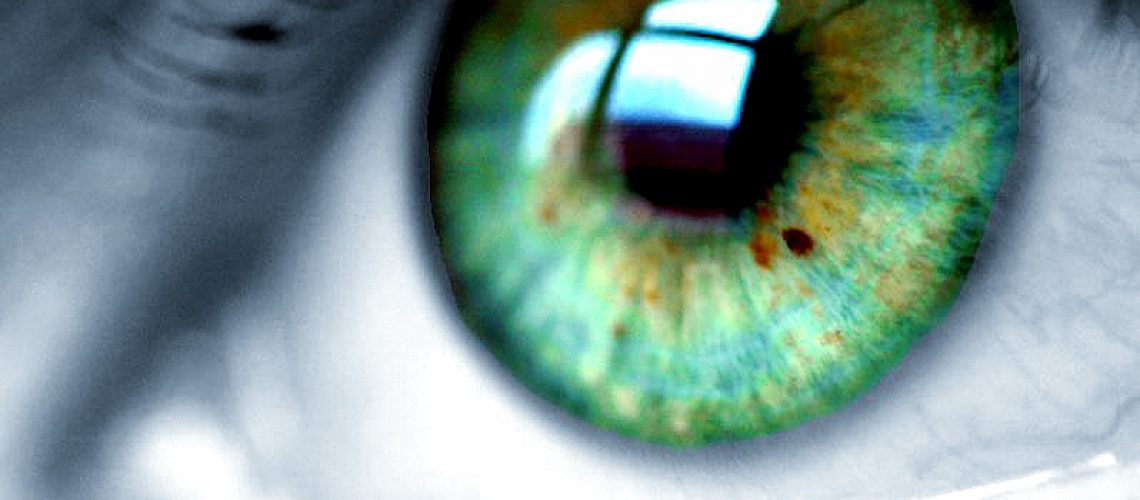Why Are Corneal Transplants Performed?
The cornea is the clear outer lens on the front of the eye. Corneal transplants are typically recommended for people who have:
- Vision loss caused by cloudiness of the cornea (usually due to Fuchs Dystrophy)
- Vision problems caused by thinning of the cornea (usually due to keratoconus) when less invasive treatments are not an option.
Scarring of the cornea (from severe infections or injuries)
Corneal Transplant Techniques
A corneal transplant (or corneal graft) is surgery to replace the cornea with tissue from a donor. It is one of the most common and successful transplants performed.
There are several types of corneal transplants, the traditional technique is called “penetrating keratoplasty” or a full thickness graft. During this procedure a small round piece of your cornea is removed. The donated cornea is then sewn into the opening of your cornea.
Partial thickness grafting or lamellar Keratoplasty has increased in popularity due to advances in instrumentation. In this technique, only the layers of the cornea that are diseased are replaced, rather than all the layers.
Corneal grafts are generally done under local anaesthetic with sedation so that you will be comfortable and have no pain during the procedure.
Post-Operative Care
- You will probably be able to go home the same day as the surgery.
- Prof Watson will prescribe eye drops to help your eye heal and prevent infection and rejection.
- You will require follow-up visits with Prof Watson, the initial visit will be the day following your surgery
- Your stitches will most likely be removed at a follow-up visit, although some patients will not require this step
- The timing of a full recovery will differ by patient, Prof Watson will be able to guide you here.


